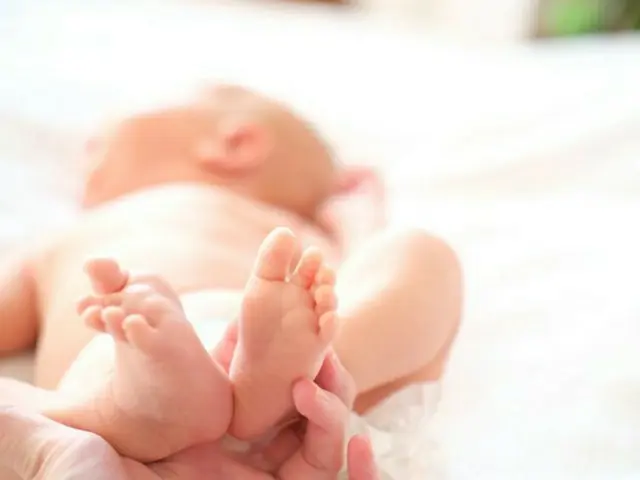According to the Bank of Korea on the 2nd, Song Won, deputy researcher at the Micro Institutions Research Center of the Bank of Korea Economic Research Institute, said,
The group revealed this on the 30th of last month in a report titled “Analysis of the Causes and Effects of Policies for Extremely Low Birth Rates: Focusing on Analysis of OECD Countries.”
Prior to this, former head of the Economic Research Department at the Bank of Korea Economic Research Institute, Hwang In-do (currently head of the Financial and Monetary Affairs Department), and others had announced in December last year that
The report, "Childbirth and the Super-Aging Society: Causes, Impacts, and Solutions for Extreme Demographic Structure," examines the following: △Family-related government expenditures △Actual length of childcare leave △Youth employment rate △Proportion of births outside of marriage △Degree of urban population concentration
If real housing prices and other conditions for childbirth were to improve to the OECD average level, the analysis found that the total birth rate could increase by around 0.85 children.
The research team conducted a more in-depth study of previous studies.
After conducting a "robustness test," the overall results of the existing studies did not change significantly, meaning the existing claims became more credible.
The research team conducted a regression analysis of 35 OECD member countries, and found that if South Korea's family-related government spending as a percentage of GDP (1.4%) were the OECD average (2.2%),
It was found that the birth rate would rise by 0.055 people from the current level. In addition, if the actual use period of childcare leave were to reach the OECD average through the restructuring of the childcare leave system, the birth rate would rise by about 0.096 people.
Furthermore, if the youth employment rate (58.0%), urban population concentration (431.9), and rate of births outside marriage (2.3%) were to reach the OECD averages (66.6%, 95.3%, and 43.0%),
The analysis showed that these increases would be 0.12, 0.41, and 0.16, respectively. This means that with policy efforts, the birth rate could be raised by a total of about 0.841 people.
"In light of our analysis, it is suggested that expanding family-related government spending and increasing the uptake of parental leave may play a positive role in raising the birth rate," the research team said.
Family-related government expenditures consist of items that directly reduce the cost of childbirth and childcare, such as childcare allowances, childcare leave benefits, and childcare service support.
"More in-depth research is needed on this issue," he continued. "While the decline in birth rates in European countries has been slowed and reversed due to an increase in the number of births outside of marriage, the Korean society
However, with an increasing proportion of young people thinking they can have children without being legally married, there is a need to consider replacing existing laws with child-centered, flexible support systems."
"Further scrutiny is also needed in the low fertility research into the long-term impact of regional balanced development and quality youth employment," he added.
2024/10/02 21:36 KST
Copyrights(C) Edaily wowkorea.jp 78

